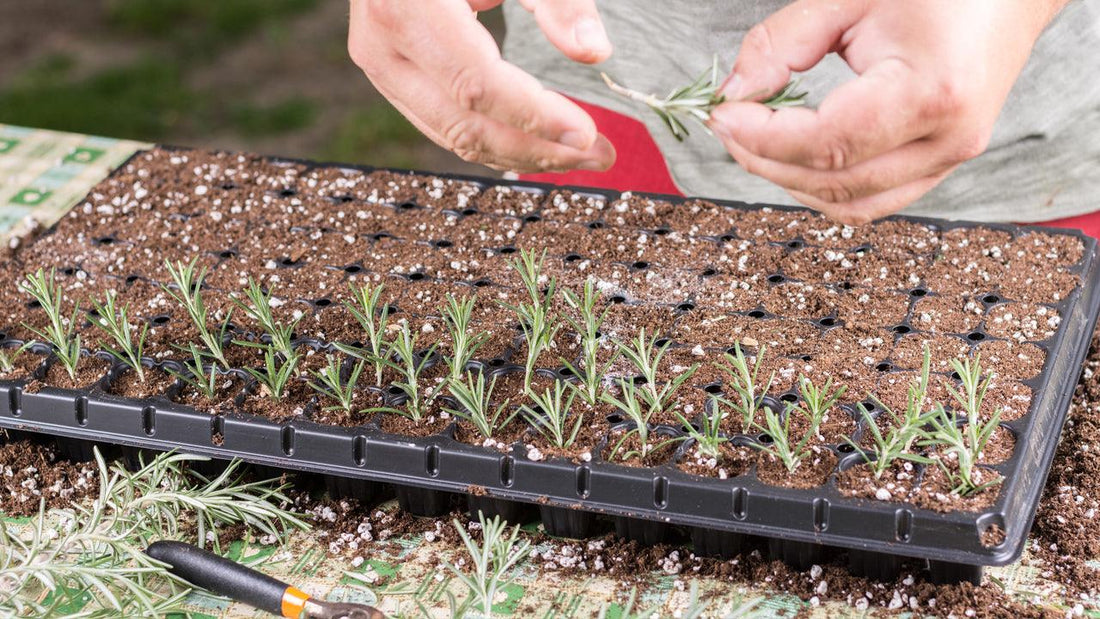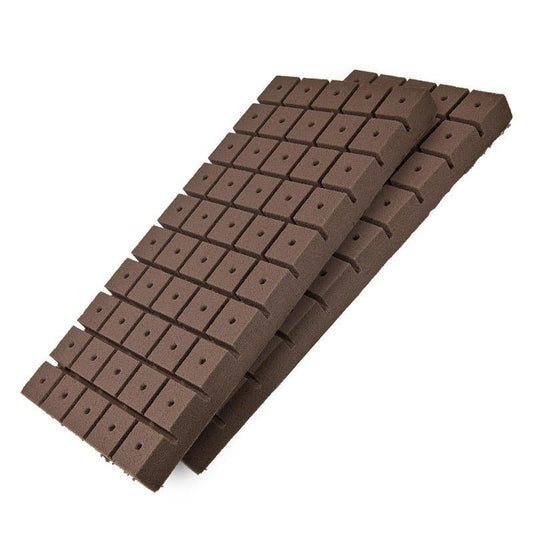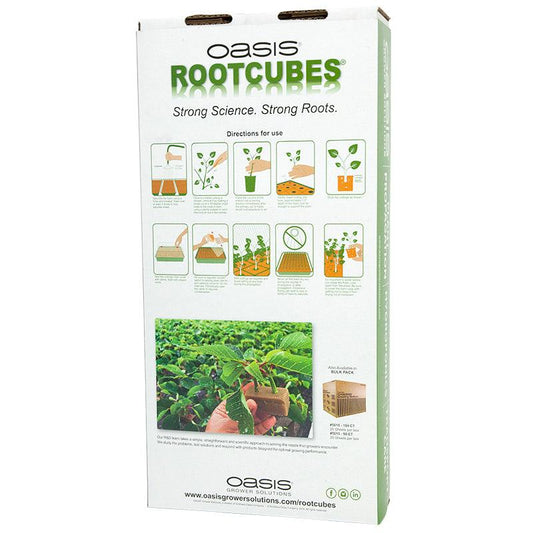Mastering Cutting Propagation Steps: A Complete Guide to the Cutting Propagation Method
Plant propagation is the process of creating new plants from existing ones, and propagation by cutting is a popular method, especially for perennials. This propagation by cutting method encourages new growth from the vegetative parts of a mother plant, ensuring genetic replication and the preservation of desired traits. Understanding the cutting propagation steps is essential for successful plant care and year-round gardening. Let’s explore the key concepts and techniques to master propagation by cutting through effective cutting propagation steps.
Understanding Propagation by Cuttings
Propagation by cutting involves starting new plant growth from vegetative parts of a mature plant, typically stem cuttings. This method, scientifically classified as asexual reproduction, ensures that the new plants maintain the same traits as their parent. Following the proper cutting propagation steps is key to guaranteeing that the offspring will have identical flower colors and other qualities as the original plant. Propagation by cutting is therefore a reliable way to replicate desirable characteristics in new plants.
Types of Cuttings and Optimal Timing
Herbaceous cuttings are obtained from non-woody parts of the plant. These cuttings, typically 3-5 inches long with the lower leaves removed, have a high success rate in developing roots. Softwood cuttings, derived from young, green plants, are best taken in spring or early summer. They develop root systems quickly but need high humidity to prevent withering.
Greenwood cuttings, slightly more mature than softwood, also root easily and are hardier. They are often used interchangeably with softwood cuttings. Semi-ripe cuttings are extracted from stems transitioning from tender to firm and can be trickier to root, but they yield sturdier plants. These are usually made in summer or early autumn. Hardwood cuttings, obtained from dormant plants in late autumn or early spring, root slower but have a high survival rate.
Different cuttings correspond to specific stages in plant growth and seasons, ensuring optimal conditions for rooting in various plant species. Cuttings are typically taken from vegetative plant parts in the early mornings to maximize hydration.
Plant Selection and Rooting Medium
Selecting the right plants for each type of cutting is crucial. Softwood or greenwood cuttings suit perennial herbs, birch, hydrangea, and maple, while semi-ripe and hardwood cuttings are better suited for citrus, oak, and jasmine.
A suitable rooting medium is low in fertility, well-drained, and promotes aeration. A mix of peat or coco coir with perlite is recommended, while potting mixes with excessive nutrients may hinder root development.
Key Propagation Techniques
Several vital techniques contribute to successful propagation. Avoid taking cuttings with flowers or flower buds to ensure the plant's energy goes into root formation. Early mornings provide ideal hydration for plants before taking cuttings. It is important to maintain cool, moist conditions after cutting and ensure clean cutting tools to prevent contamination.
Using rooting hormones can significantly improve root development. Carefully handle and discard the hormones after use. Insert cuttings vertically into the medium, maintaining adequate moisture levels without excessive exposure to direct sunlight. Employing domes, plastic bags, or misters helps maintain high humidity and safeguards against dehydration.
Propagation by cuttings offers an effective way to grow plants, allowing for the replication of desired characteristics and the maintenance of genetic integrity. Understanding the nuances of different cutting types, timing, and handling techniques ensures successful propagation, providing opportunities for plant enthusiasts, gardeners, and commercial growers to foster new growth.
Detailed Overview of Cutting Types
Herbaceous cuttings come from non-woody plant parts. Typically, you would cut a 3-5 inch piece of stem and remove the lower 1/3 to 1/2 leaves from the stem, resulting in a high percentage of root cuttings. Softwood cuttings, made from young green plants, form root systems quickly and are usually taken in the spring or early summer. However, they are susceptible to withering, so maintaining high humidity is essential.
Greenwood cuttings are derived from stems still soft and tender but not as young as softwood cuttings. These root easily and are somewhat hardier. Plants that grow well from softwood or greenwood cuttings include perennial herbs, begonia, birch, cotoneaster, dogwood, elm, fuchsia, ginkgo, hydrangea, lilac, maple, redbud, and verbena.
Semi-ripe cuttings are made when stems start to firm up but before they become woody, typically in summer or early autumn. While they can be trickier to root, successful rootings are sturdy and less likely to wither. Suitable plants include broadleaf evergreen trees like magnolia, boxwood, cedar, citrus, clematis, dianthus, holly, honeysuckle, hyssop, lavender, oak, penstemon, rosemary, and wallflower.
Hardwood cuttings are taken from dormant plants in late autumn after leaves have fallen or in spring before bud break. Though they are the slowest to root, they have an excellent survival rate. Suitable deciduous plants include dogwood, fig, fir, forsythia, jasmine, kiwi, locust, pomegranate, poplar, sycamore, and willow.
Tips for Successful Propagation from Cuttings
To ensure success, avoid taking cuttings with flowers or flower buds, as you want the plant’s energy to go into root formation, not flower development. Take your cuttings in the early morning when the plant is fully hydrated. After cutting, keep them in a cool and moist place until planted, and always use clean cutting tools.
Use a rooting medium that is low in fertility, well-drained, and provides good aeration. A mixture of one part peat (or coco coir) to one part perlite works well. Potting mixes with too many nutrients may hinder root development. Using a rooting hormone can promote improved root development. After dipping the cuttings in rooting hormone, place them in the medium about 1/3 to 1/2 their length. Water the cuttings after placing them into the medium, and place them out of full sun, preferring bright indirect light.
Keeping the humidity high is crucial so the cuttings don’t dry out. This can be achieved using a dome or a clear plastic bag over the pot with the cuttings. For a larger number of cuttings, setting up misters to automatically mist them can be very effective.
By understanding and applying these principles, gardeners can effectively propagate plants, ensuring the maintenance of desired traits and enhancing their gardening success.
Conclusion: Perfecting Your Cutting Propagation Method
In conclusion, understanding the cutting propagation method and following the key cutting propagation steps are essential for gardeners looking to successfully propagate plants. By selecting the right plant types, timing, and rooting techniques, you can replicate your favorite plants with ease while maintaining their desired traits. With attention to plant care, humidity, and proper rooting mediums, you'll be able to grow healthy, robust plants from cuttings. Whether you’re a beginner or an experienced gardener, mastering cutting propagation will enhance your gardening skills and allow for a year-round, flourishing garden. Happy propagating!
Check out our collections of Useful products for propagation and rooting: grafting tools, rooting agents, pots and amendments, heat mats, new gardener kits, plant labels, planting containers, starting soils, starting trays, soil block makers, and growing lights. These will help you achieve successful vegetative propagation, and vigorous plant growth. Happy propagating!
FAQs: Step-by-Step Guide to Cutting Propagation: Perfect Your Cutting Propagation Method
-
What is cutting propagation?
- Cutting propagation is the process of creating new plants from vegetative parts of a parent plant, such as stems or leaves. This method ensures that the new plants are genetically identical to the parent.
-
What are the key cutting propagation steps?
- The essential steps for successful cutting propagation include selecting the right plant, taking the appropriate type of cutting, preparing the cutting, using a suitable rooting medium, and maintaining proper humidity and care throughout the rooting process.
-
What types of cuttings are best for propagation?
- The most common types of cuttings are herbaceous, softwood, greenwood, semi-ripe, and hardwood. Each type has specific plant species and optimal timing for successful rooting.
-
How do I choose the right plant for cutting propagation?
- Plants such as hydrangea, maple, oak, and rosemary are great candidates for softwood, greenwood, and semi-ripe cuttings. Research the specific needs of the plant type you're working with to ensure success.
-
Why is humidity important in cutting propagation?
- High humidity helps prevent cuttings from drying out while they form roots. Using a dome, plastic bag, or misting system helps maintain the necessary moisture levels for successful propagation.
-
Can I use rooting hormones for cutting propagation?
- Yes, rooting hormones can significantly improve root development. However, be sure to handle them carefully and discard any remaining hormones after use.
-
How long does it take for cuttings to root?
- Rooting times vary depending on the plant species and cutting type. Generally, softwood and greenwood cuttings root faster, while hardwood cuttings may take longer.
-
What tools are needed for cutting propagation?
- Essential tools include clean, sharp scissors or pruning shears, a rooting medium (such as peat and perlite), rooting hormone (optional), and containers to hold the cuttings.
-
Can I propagate plants indoors using cuttings?
- Yes, cutting propagation can be done indoors, provided you maintain the right temperature, humidity, and light conditions for optimal root development.
-
What products can help with cutting propagation?
- Useful products include grafting tools, rooting agents, propagation trays, heat mats, and growing lights. These tools will help ensure successful plant propagation.




1 comment
This was a wonderful bit of information. I have a nice looking small branch from a newly cut Sycamore and thought I would give it a try. I’ve nothing to lose as it was already going to be dead.
Looking at all the options of a Google search, yours had exactly the kind of information I was looking for. Straight and to the point, just how I like it. I am bookmarking this site and plan to be back often.
THANK YOU!